Study Medicine - information, put together in an easy to understand way, so you can identify and compare all the available Australian university paths to become a doctor.
Any comparison can only be made if you describe things the same way (apples for apples). Study Medicine does this by showing each degree as a path, using a standard format and standard symbols to describe the key components of the degree.
All the information in Study Medicine uses the same symbols and same symbol colours throughout, so the information can be readily followed and compared.
click to enlarge
1. UNIVERSITY SELECTION
Information Provided
the university offering the medicine degree,
the type of medicine degree - undergraduate (green diamond), postgraduate (blue oval), and guaranteed entry (orange diamond) and
the university's main campus location
How this information is helpful
Information for all 20 university programs (offered by 22 universities) is provided to enable you to compare across universities, and determine:
which universities offer what degrees - undergraduate, postgraduate, guaranteed entry and which (there are only few) offer both undergraduate and postgraduate degrees
see what types of degree are offered in your area, in a state and across Australia
see where universities are located
if you're thinking about applying interstate, consider where you might apply.
2. DEGREE path
Any medicine degree is made up of key components -
High School requirements - academic performance and required subjects.
Degree Type - whether the degree is a medicine degree or a degree that leads to medicine.
Selection Criteria - used by the university to determine which students are offered a place. A range of defined criteria are used by a university to select students for medicine.
Every university decides what importance (weighting) each of these aspects is given. So not only does each university have its own selection criteria, each university will apply its own level of importance to every aspect of the selection criteria.
How this information is helpful
These critical components are put together to describe the degree path to medicine.
click to enlarge
click to enlarge
In this case,
a High School student
who has the required academic performance/ATAR score and prerequisite subjects,
needs to sit the UCAT,
and be invited to attend an interview
in order to be considered for a medicine place.
The university assesses the student based on
their interview performance and UCAT results,
with each of these aspects being of equal importance (weight)
to determine who's offered a place in the undergraduate medicine degree. In this case, no postgraduate medicine degree is required.
In another case, a student wants to undertake a postgraduate medicine degree. This path shows it's possible to get into this medicine degree by having an undergraduate degree in Health Science.
The high school academic requirement (ATAR) to get into the Health Science degree is 90 and there are no prerequisite subjects. Once the student has completed the Health Science degree, he/she can apply for postgraduate medicine.
The selection criteria to get into the postgraduate medical degree, includes university academic performance (based on the student's Health Science degree grade point average - GPA), the student has to sit the Graduate Australian Medical School Admissions Test (GAMSAT) or Medical College Admission Test (MCAT) if an overseas applicant, and be invited to an interview.
The student's performance in these areas is assessed. Interview performance represents half the assessment weighting - with academic performance and GAMSAT/MCAT making up the rest of the assessment (at 25% each).
click to enlarge
click to enlarge
3. DEGREE PATH Summary
The University Degree Path Summary shows all the paths to medicine at University A.
University A only offers an undergraduate medicine degree. There are 2 paths a student can take to apply for the University A medicine degree -
Path 1 - direct entry from High School. The student requires a minimum ATAR of 95 and chemistry, or
Path 2 - any university degree or an incomplete degree from University A. In this case University A not concerned about what degree or which university the degree is from (provided it's a recognised university).
How this information is helpful
Each Summary shows all the possible paths to medicine for a specified university and key degree components.
For universities that offer both an undergraduate and postgraduate degree, you can see the different selection criteria used for each type of degree.
AN IMPORTANT QUALIFICATION
Study Medicine information has been compiled from Australian university information sources and public data and therefore is a guide. Authoritative information is provided by the university only. Make sure you obtain information directly from the university before making any decisions.

